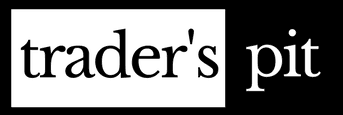Current RatioCurrent Ratio is a quick analysis tool to check the near ter... More is a quick analysis tool to check the near term financial strength of a firm. It measures the near term (1 year) ability of the firm to pay its liabilities.
So, to correctly measure it, current assets of the company ( cash, cash equivalents & inventories which can be converted to cash) are divided by current liabilities of the company (bills, short term loans, raw materials, etc.).
To be able to pay current liabilities, the assets should be more than liabilities.
Current Ratio Formula
Current RatioCurrent Ratio is a quick analysis tool to check the near ter... More = Current Assets / Current Liabilities
A ratio above 1.3 is considered a safe ratio. A favorable current ratioCurrent Ratio is a quick analysis tool to check the near ter... More is between 1.5 to 3. Any current ratioCurrent Ratio is a quick analysis tool to check the near ter... More above 3 actually shows that the firm is not using it’s cash properly and it can cause issues in the long term.
What items are included in Current Assets?
Here is the list of items included in current assets:
- Cash in banks
- Bank Deposits.
- Short term investments
- Bills receivables
- Inventory
- Work in Progress
The reason that inventory is considered for assets is that it can be converted into cash to pay for liabilities. The same goes for work in progress too.
What items are included in Current Liabilities?
Following items are considered for current liabilities:
- Bills to be paid
- Prepaid expenses
- Short term loans
What is ideal Current Ratio?
Ideally, Current Ration should be above 1.35. If it is below 1, then it shows that the company can have financial issues in current year, which can lead to long term borrowing to fulfill current liabilities.
Betweeb 1.5 to 3 is considered healthy.
If the CR is above 3, then that is not good either. Beause that means the company is not able to manage its finances and operations properly.
For example, if a firm with CR >3, it can mean:
- Cash is in bank deposits without earning anything.
- Receivables are not getting collected on time
- Inventory is not lying without getting converted into cash and utilised further.
